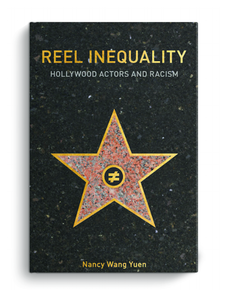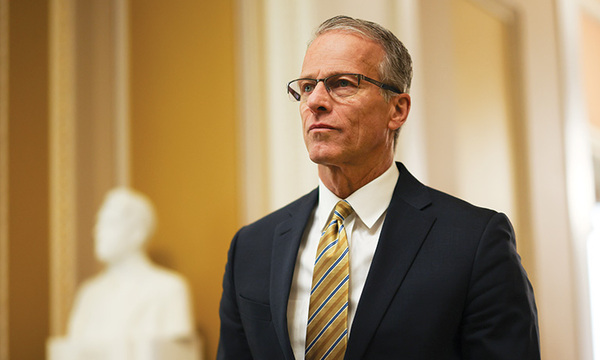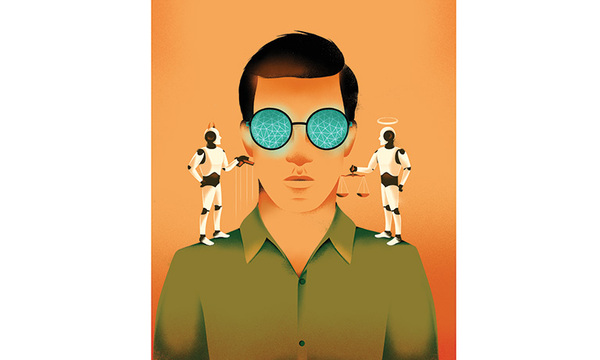
Growing up as an immigrant kid in Southern California, just miles from the Hollywood industry, I watched hours of television for amusement. This continues to be the norm today. In 2015, the average U.S. resident consumed “traditional and digital media for over 1.7 trillion hours, an average of approximately 15 and a half hours per person per day.” In the same year, children (8- to 12-year-olds) consumed an average of six hours of media a day, and teens consumed nine hours. This mind-boggling amount of media consumption shapes how we see the world we live in.
Even though my neighborhood was racially and ethnically diverse when I was growing up, the world looked completely white on television. I absorbed a very narrow vision of U.S. culture. All throughout my childhood, I did not see myself represented in film and television beyond the occasional cringe-worthy Asian nerd or massage parlor worker. In the film and television worlds, only white lives mattered, and the rest of us were either marginalized or demonized.
In college, where I learned that race is not biological but socially constructed, I also saw how Hollywood dramatized racial differences as natural and fixed. Far from neutral, mass media institutions such as Hollywood are major transmitters of racist ideologies. Antonio Gramsci theorized that society’s elites use the mass media to maintain “hegemony,” or the dominance one social group holds over others. Hollywood’s dominant narratives of whites as heroes and actors of color as sidekicks or villains legitimate and reproduce the racial hierarchies existent in U.S. society.
Though they are largely fictional, on-screen images can shape our views of reality. I witnessed this firsthand when I went to see Skyfall (2012), a James Bond film. Preview after preview of action films featured white male protagonists shooting and killing people, yet it was the preview for Django Unchained (2012) that elicited an extreme audience reaction. In one scene, Django (played by Jamie Foxx), a black slave-turned-bounty-hunter, says, “Kill white folks, and they pay you for it — what’s not to like?” This statement caused two middle-aged white women sitting in my row to groan loudly, as one of them griped, “That’s what’s wrong with our urban areas!”
Even though we were about to watch a violent James Bond film and had just sat through brutal violence enacted by Tom Cruise, Bruce Willis and Arnold Schwarzenegger, none of those previews elicited critique. The lack of black heroes in film and television, coupled with the preponderance of white heroes and black villains, demonizes black male violence and legitimizes white male violence. Furthermore, this extrapolation of a fictional Django to “our urban areas” demonstrates how audiences fail to distinguish between fiction and reality in racial stereotypes. Through countless reiterations in popular media, racial stereotypes can become real in the minds of audiences.
Adapted from Reel Inequality: Hollywood Actors and Racism. New Brunswick: Rutgers University Press, 2016. Copyright 2016 by Nancy Wang Yuen (associate professor of sociology). Reprinted by permission of Rutgers University Press.
 Biola University
Biola University


